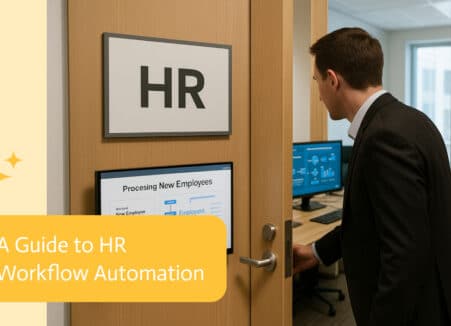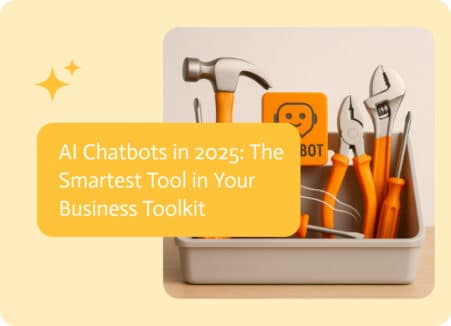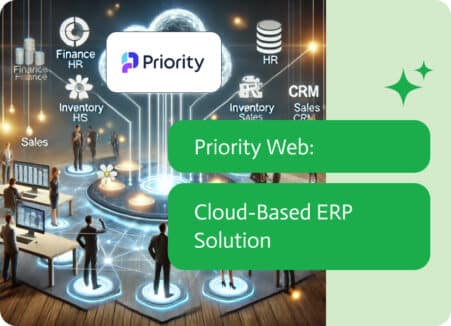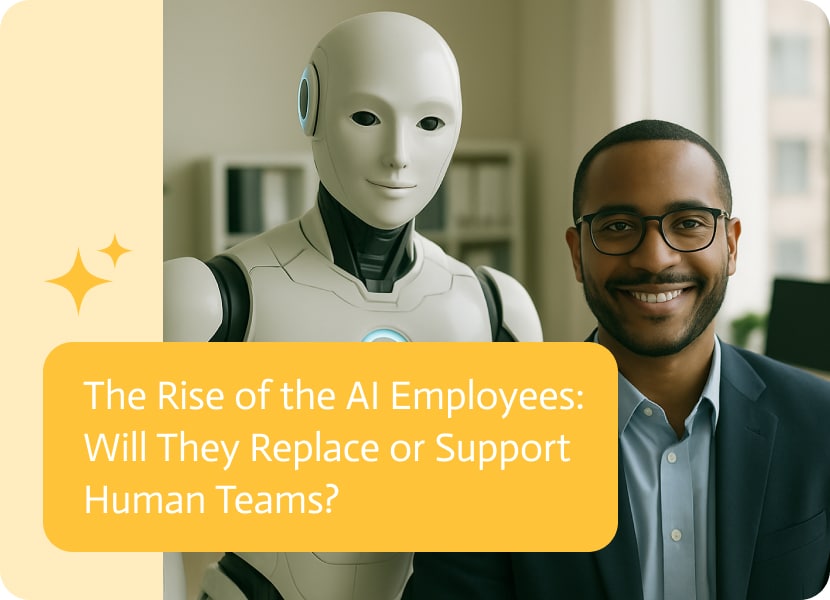
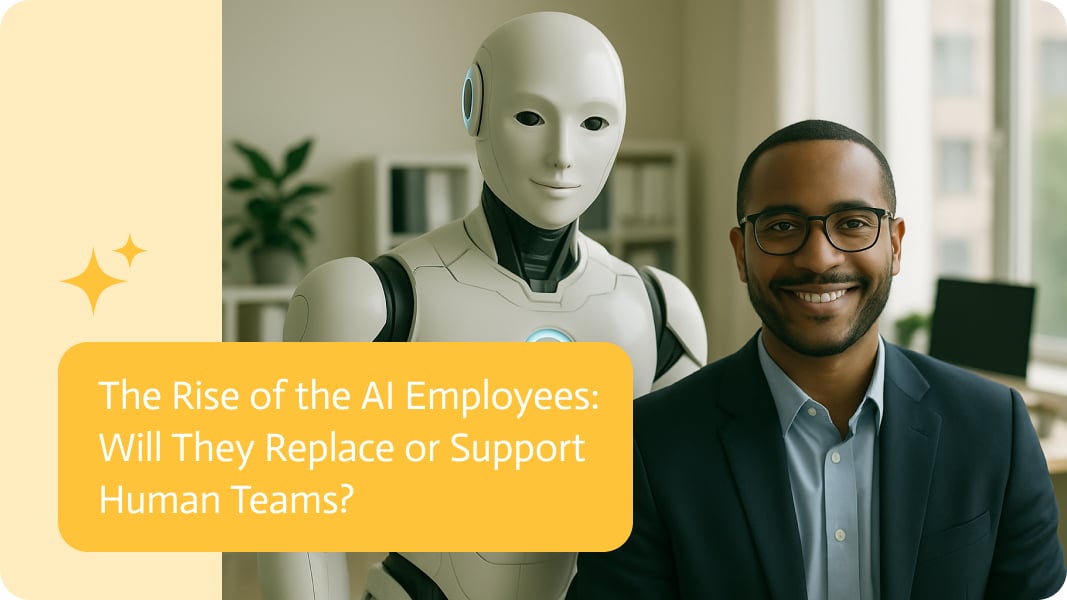
The Rise of AI Employees: Will Digital Workers Join or Take Over Our Teams?
Work has always been a story of tools getting a little more… ambitious. The spade made agriculture scalable, the spreadsheet made finance faster, the internet made whole new jobs possible, and now the AI employee is changing that again.
Things are getting even wilder, the tool itself can be hired. Meet the AI employee, a digital system that doesn’t just answer a question or push a button but owns an outcome end-to-end. It finds leads, follows up, and closes the sale; it invoices, reconciles, chases payment, and files the report; it takes a customer from grumpy to loyal without a human handoff.
This raises the obvious eyebrow-raising question: Will these digital workers kick human teams to the curb, or become their partners? Well, both could happen. The short answer is: both. The long answer is weird, nuanced, and, if you let your imagination off the leash, wildly creative.
More than just smart bots, a different category
Call them digital workers, agentic employees, or full-stack automation, but labels matter less than behavior. Traditional automation is a power drill, it does one thing faster and with precision humans lack. AI employees are closer to a craftsman, they can sequence tasks, adapt when something breaks, and use judgment to ensure they’re making the right calls with certain limits, of course.
What’s making this change possible? It’s not one invention. It’s more about how three things are coming together:
- Contextual memory: they keep a running state across interactions and systems (not just single-shot queries).
- Tooling + connectors: they plug into CRMs, ERPs, support platforms, payment systems, and calendars.
- Autonomy with guardrails: they can execute long-running processes but within policies and thresholds humans set.
Taken together, these let digital employees own an outcome: not “try to answer this ticket” but “resolve invoice disputes for region X until 95% are cleared within 7 days.” That’s a job, not a task.
Where AI Employees Will Take Over (And Where They Won’t)
There are patterns you can spot from a mile away. They’ll replace segments of work that involve:
- Repetition (data entry, repetitive customer triage).
- Heavy on pattern detection in massive datasets (fraud detection, reconciliation).
- Scalability-bound (24/7 customer ops, rapid onboarding of simple cases).
They’ll have a hard time with replacing:
- Deep context spanning tacit knowledge, corporate politics, or messy ethics.
- High-stakes negotiation where understanding feelings, reputational risk, and long-term relationships matter.
- Pure creativity that’s based on human experiences rather than remixing data patterns.
That doesn’t mean humans win outright. It does mean the division of labor is going to change: machines become the relentless doers, and humans become architects, curators, relationship-keepers, and meta-decision makers.
Hybrid teams: a new way of working
The real future isn’t people or machines. It’s people plus machines, arranged in new organizational systems. There’s three emergent patterns I’d expect to see proliferate:
1. Outcome Pods.
Tiny teams concentrating on outcome (e.g., “reduce churn for segment Y”). An AI employee runs the operational heavy-lifting, tests offers, sends messages, updates billing, while people think of strategy, brand voice and handle unusual situations. The pod’s KPI is shared; its composition is fluid.
2. Digital Apprenticeships.
New hires shadow digital employees to learn playbooks quickly. Because the digital colleague has documented decision logs and examples, human apprentices upskill faster. Eventually, apprentices teach the digital worker new heuristics and policies, a two-way learning loop.
3. The Digital Workforce Manager.
A new managerial role to concentrate on routing work between artificial and actual employees, monitoring how the digital workers perform, and planning how work will be handed off. Think less people ops but rather orchestration.
These ideas don’t come from science fiction. They’re patterns already budding in companies that treat their digital employees as first-class members of the workforce.
New Rules, Accountability, and HR
One practical barrier to adoption is simple: who signs the checks when something goes wrong? As digital employees take on the final results, governance is needed like never before.
Audit trails will be sacred. Every decision, prompt, and system call should have traceable, human-readable logs. Not for drama, but for debugging and also trust.
Performance reviews for software. Digital employees should have SLOs (service-level objectives), error budgets, and performance audits. They can be “promoted” with additional scope or “deprecated” when their ROI drops.
Contracts and co-employment frameworks. Legal teams will rewrite contracts in order to define liability boundaries between vendors, digital workforce providers, and the business unit deploying them. Expect clauses for data handling, uptime, and error remediation.
The board of ethics and “test-to-fail” sandboxes. Before giving a digital employee broader authority, run them in safe sandboxes that make messy inputs, just to monitor how they behave.
These governance constructs create the safety rails that let organizations scale digital employees without tripping over privacy, compliance, or reputational scandals.
Economic effects, on and off the balance sheet
AI employees change economics in small ways. They lower marginal execution costs, shorten process latencies, and make 24/7 orchestration cheap. But this reshuffles value rather than creating it out of thin air.
On the upside: Efficiency gains free human capital for higher-value activities; SMBs can compete with enterprise-level process sophistication; enterprises can experiment faster.
On the downside: Jobs focused on repetitive work shrink. That’s already visible today in some back-office functions. The social challenge is making sure savings are reinvested into reskilling, not simply extraction of margin.
A thoughtful approach reimagines budgets. Some of the savings should fund transition programs, internal talent marketplaces, and apprenticeship schemes so workers who have been replaced take on the supervisor roles that are needed.
Out-of-the-box futures
Let’s take off the tether to present-day realism for a beat and think of some imaginative but plausible futures that force organizations to spice up their thinking.
1. The Digital Employee Union (DEU).
Companies might standardize digital employee contracts across industries, allowing third-party auditors to certify behaviors. A “union” could set standard rules for any digital employee operating in regulated markets.
2. AI Coworker Marketplaces.
Instead of buying pre-built tools, businesses subscribe to specialized digital employees in a marketplace. Need a collections agent that’s been educated on your tone? Snap it up, integrate, and it runs. Sellers gain reputation scores; buyers can compose orchestras of digital employees.
3. Rights & Redress.
Regulation may grant citizens a “right to contest” automated decisions. Companies will need clear human paths for escalations and documented reason-giving for any action that materially affects a person (denials, pricing, eligibility).
4. Digital Co-ops.
Small businesses band together to co-own digital employees. Shared costs, shared governance. Collective bargaining for better privacy and contracts concerning vendors. It’s cooperative economics for the algorithm era.
These scenarios sound out-there because they are, and precisely because they push executives to ask: what governance, marketplace, and social structures must we plan for?
Skills that are important
If digital employees take routine work, people should invest in complementary skills. These aren’t faddish buzzwords, they’re practical capabilities:
- Orchestration design. Build workflows where bots and people hand off cleanly.
- Decision framing. Translate fuzzy, strategic questions into bounded problems digital employees can act on.
- Explainability translation. Understand model outputs and translate them into business reasoning.
- Ethical troubleshooting. Spot where automated decisions could harm reputation or people.
- Human-centered negotiation. Handle the friction points where emotions and persuasion win.
Companies can spur this by creating internal curricula, pairing humans with digital employees (the apprenticeship model again), and running live experiments where learning is part of the KPI.
Tactical playbook for leaders who want to win
If you’re a leader and you don’t know where to start, here’s a pragmatic sequence that coordinates zeal with caution:
- Pick one high-impact, low-risk process. Billing disputes, lead qualification, or partner onboarding are good starting points.
- Build a clear outcome, not a task. Define what the winning metrics are and boundaries before you automate.
- Run a “shadow” pilot. Let the digital employee run in parallel to humans and compare outcomes.
- Design human-in-the-loop handoffs early. Don’t wait for weird cases to emerge; map them up front.
- Invest in logs and explanations. You’ll want to audit decisions quickly.
- Reinvest savings in people. Fund reskilling, new roles, and internal promotions.
A final, optimistic provocation
If we ignore the headlines and the fear, there’s a genuinely exciting possibility here: work that’s more meaningful. When machines stop being glorified bureaucrats and start being reliable partners, humans get to do what humans do best, imagine, persuade, lead, and decode complicated situations. We get the breath space to invent new products, craft better experiences.
That will only happen if we plan the transition with intention. If we treat digital employees as colleagues with governance and clarity, we can build workplaces wherein digital and human strengths help each other, not compete.
So will AI employees take the place of or assist human teams? Expect both. The nuanced, actionable truth is this: the question isn’t whether digital employees will come. It’s whether organizations will choose to make them collaborators that extend human agency or substitutes for their skills, morale, and long-term value.
Teach your teams to work with these new colleagues. And for a little extra fun: sketch the org chart of 2030 and include the role of your digital employees. Give them a desk, a performance review, and a development plan. Treat the future as something you can shape because you can.
FAQs
1. What is an AI employee?
An AI employee is a digital worker that can handle an entire job from start to finish, going way past just standard automation.
2. How are AI employees different from normal automation?
Automation usually handles bits and pieces of a task, while AI employees are responsible for entire outcomes.
3. Are AI employees being used now?
Yes. Platforms such as 11x and Noca already offer digital employees for sales, finance, support, and more.
4. Will AI employees eliminate jobs?
Some jobs will be replaced, especially repetitive ones, however, this allows people to concentrate on strategy and leadership.
